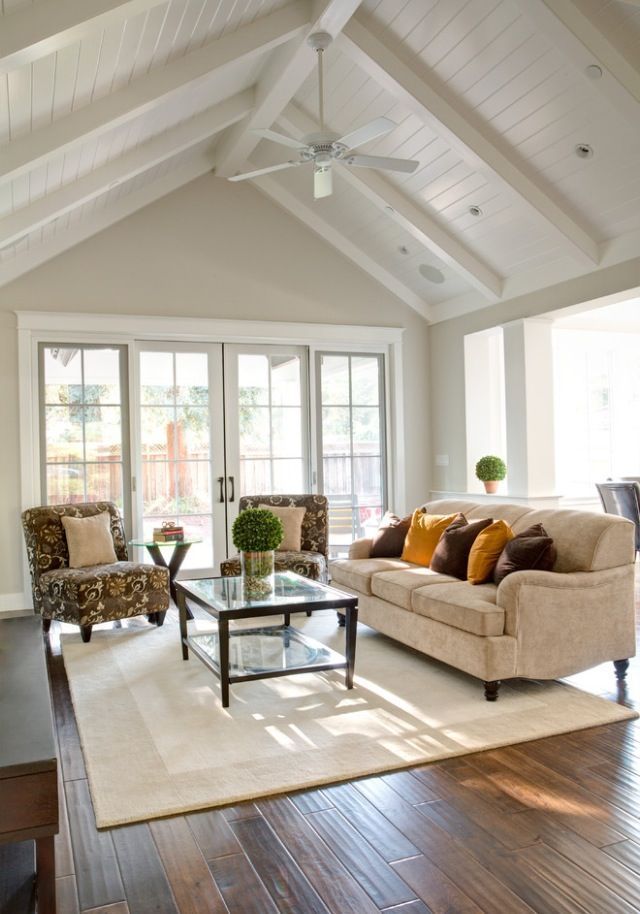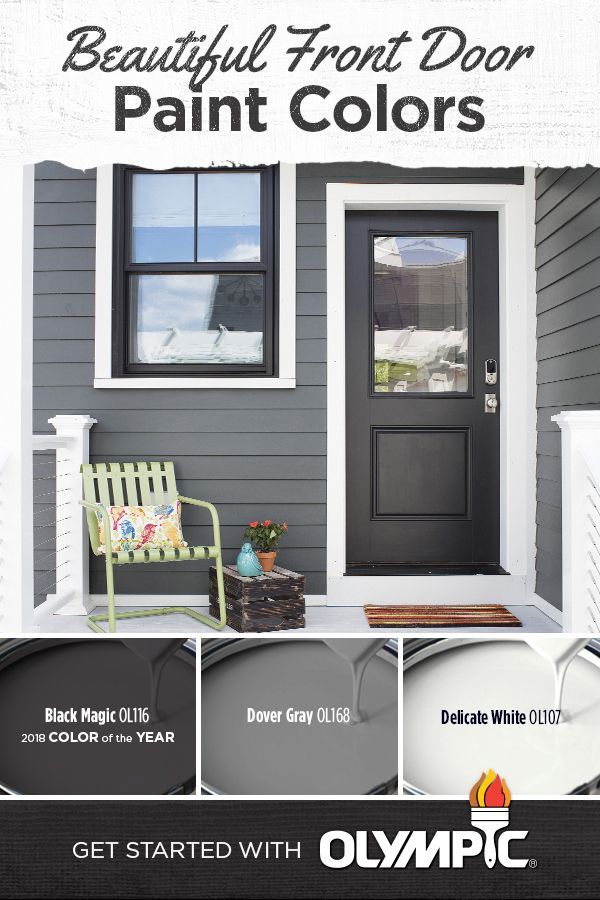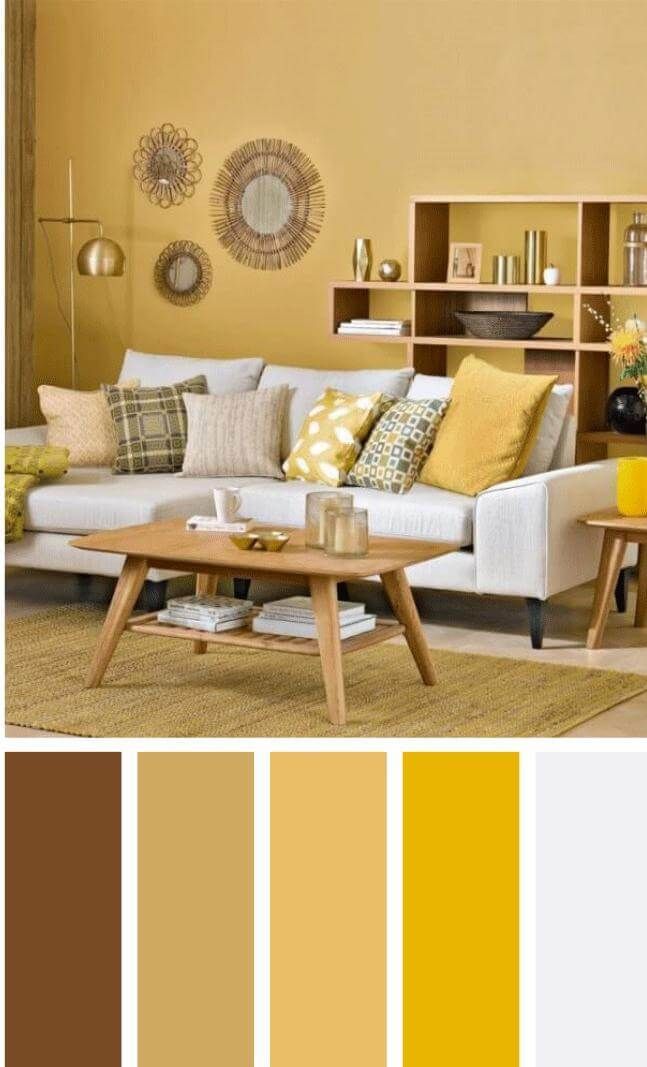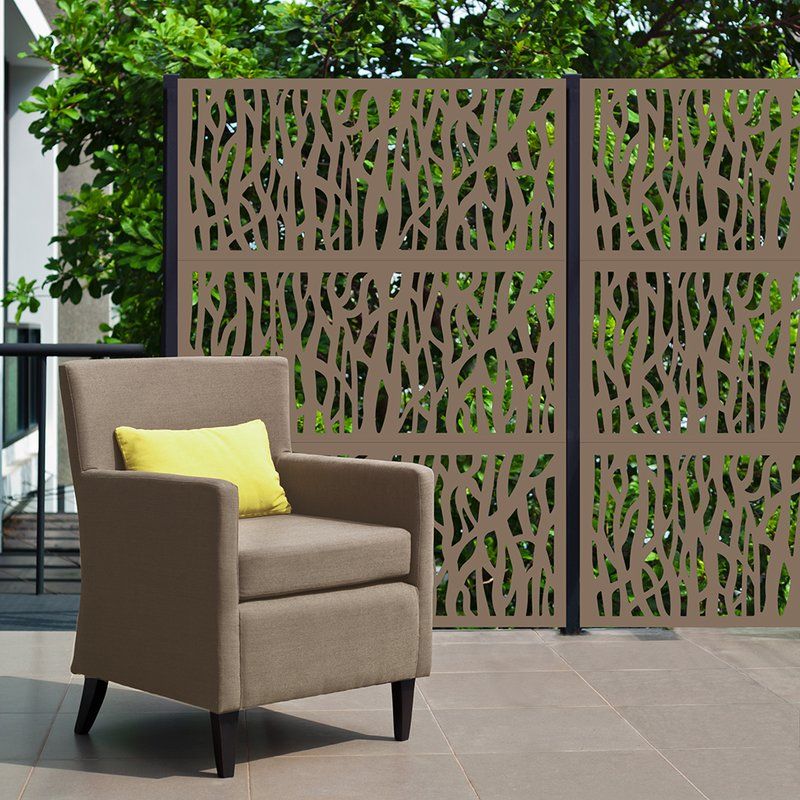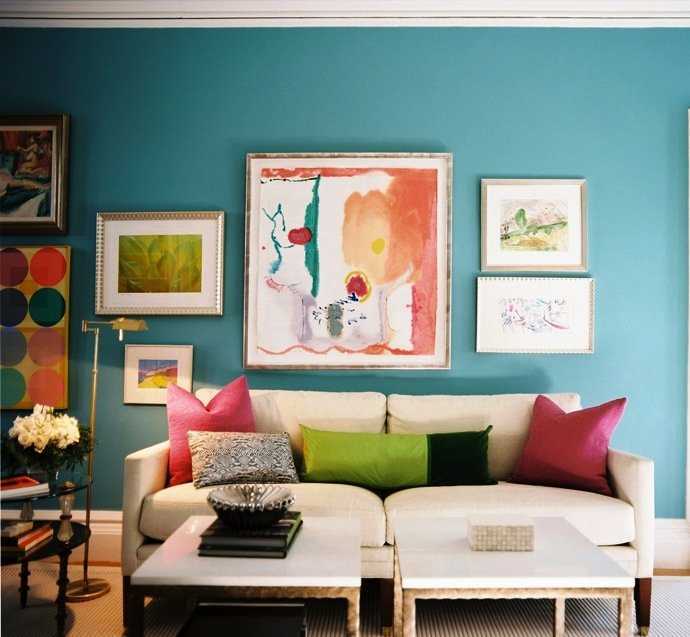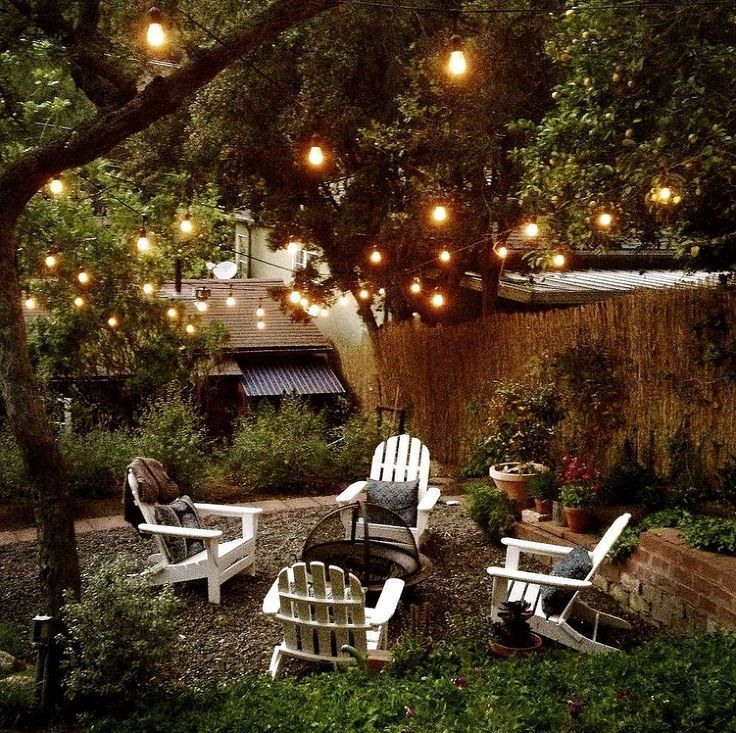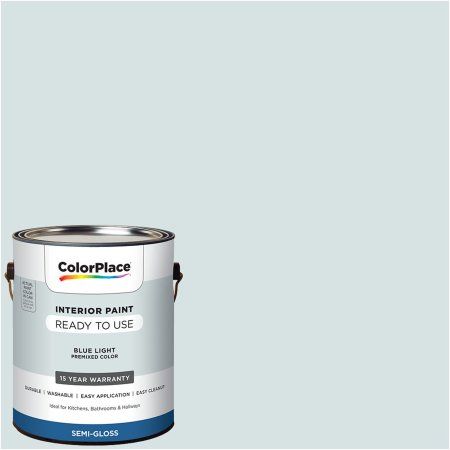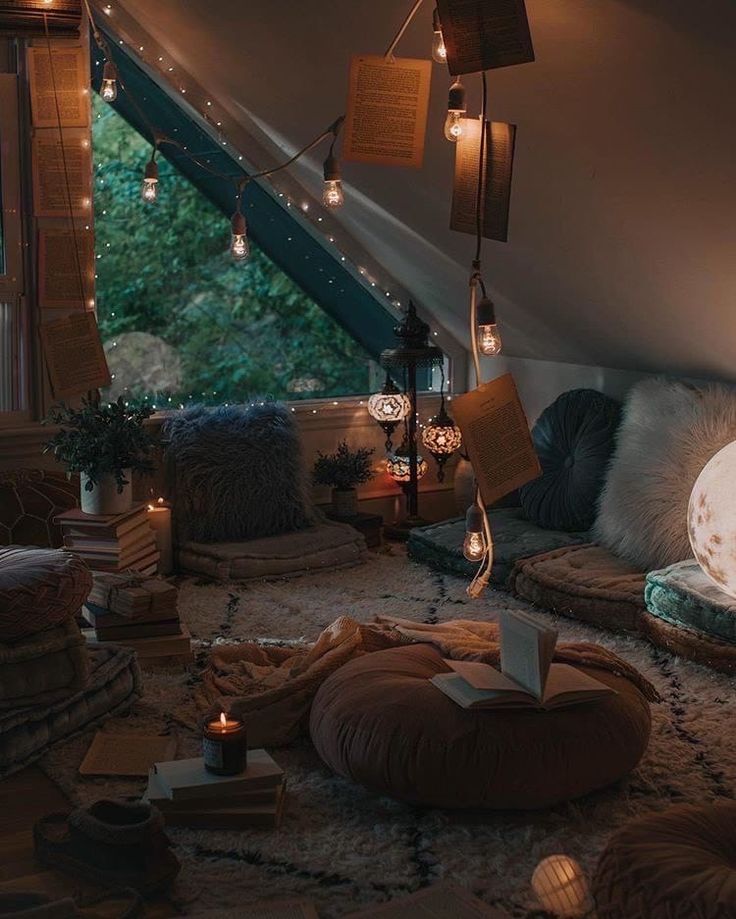Great room additions ideas
Great Room Addition Ideas | Great Room Home Additions in Columbus, Ohio
Call us at (614) 459-7211.
After a holiday gathering, the last guest has finally left your house. You sigh and look around before tackling the clean-up. You can’t help but wish it hadn’t been so cramped with all of the people in your home. Elbows were bumping and seating was cramped. While you love hosting gatherings, the space inside your home is tight.
Does this sound familiar? One of the perfect solutions for this type of problem is a great room addition. Clients often choose to add a great room to their home when they want to:
- Increase the square footage of their home
- Make their home more open concept
- Be able to host large gatherings with improved traffic flow and entertaining space
- Add an extra living space so the family has an additional TV room
There are lots of other benefits of adding a great room to a property. No matter what your reason may be, a great room addition can add value to your home. Now, what should you think about for this type of room addition? Here are the popular trends we’ve been seeing:
Vaulted or Two-Story Ceilings
When building a full great room addition, open up the space vertically with a beautiful vaulted or two-story ceiling. Next, add big windows to bring in as much natural light as possible. Not only will this make the space brighter, it’ll make the space feel bigger, too. This is one of the most common features added to this type of family room or living room addition — it truly makes the room “great”.
Stone or Brick Fireplace
Another key feature of many great rooms is the addition of a fireplace. If you do opt for a vaulted or two-story ceiling great room, make your fireplace the focal point by bringing it all the way to the ceiling. And even if your great room has regular 8-foot ceilings, you can still use the addition of a beautiful fireplace to pull it all together. Whether your fireplace is wood-burning or gas, it’s a feature that’ll keep you cozy during our cold Ohio winters.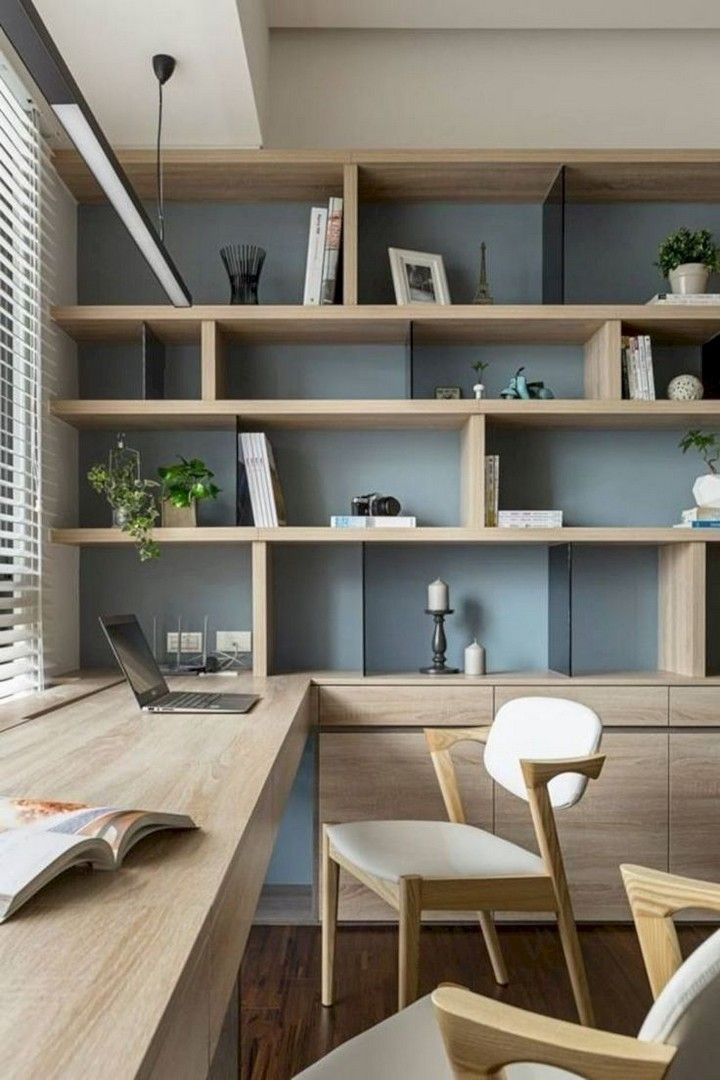
Beamed Ceilings
A great room should be one of the central rooms in the house. Especially if you plan to use the room to host gatherings, giving it some unique features makes it especially grand. Adding wood beams to the tall ceilings is one way to make it “wow” everyone who steps inside. The beams add contrasting depth to the room and draw attention to the high ceilings. Guests will be drawn to the great room and enjoy spending quality time with you in this space.
Built-In Storage
Want to add efficiency and functionality to your great room addition, too? Think about how you can incorporate more storage. You can never have enough shelving and cabinets throughout your home, and built-ins are a classy way to make use of this increased square footage without adding bulky furniture. Check out this example from one of our clients who added built-ins around the fireplace, including one that was the perfect size for a wall-mounted flatscreen TV.
No matter what kind of great room addition you choose to build, it’s sure to get lots of use and become one of the most beloved rooms in the house.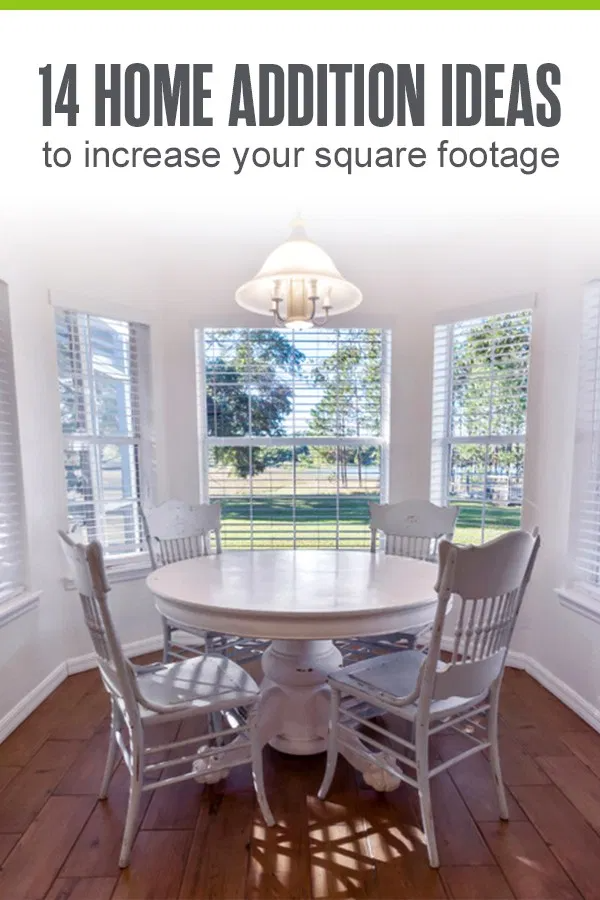 This major home remodeling project is the perfect way to add extra square footage to your home, especially if you want more space for hosting gatherings.
This major home remodeling project is the perfect way to add extra square footage to your home, especially if you want more space for hosting gatherings.
Remodels, Renovations, and Additions in Columbus, Ohio
Dave Fox is an employee-owned company that makes our clients our number one priority. We design and build remodeling, renovation, and addition projects for our clients in Central Ohio and deliver the best value through exceptional craftsmanship, excellent materials, and ethical business practices. Contact us today to learn more!
13 Stunning Home Addition Ideas of All Sizes
By
Deirdre Sullivan
Deirdre Sullivan
Deirdre Sullivan is an interior design expert and features writer who specializes in home improvement as well as design. She began her career as an assistant editor at Elle magazine and has more than a decade of experience. Deirdre contributes content for brands including The Spruce and Realtor.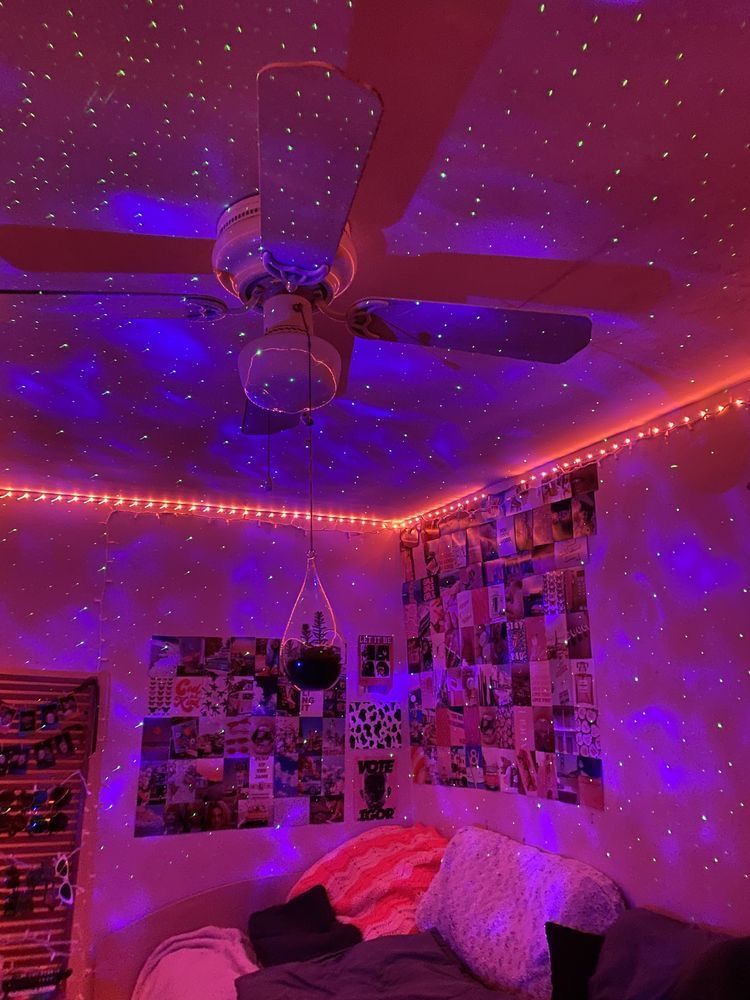 com, and has been a featured speaker at various conferences.
com, and has been a featured speaker at various conferences.
Learn more about The Spruce's Editorial Process
Updated on 10/27/21
The Spruce / Christopher Lee Foto
If you need more space in your house, consider an addition rather than searching for a larger home. For many homeowners, it is a smart investment that increases livable square footage while boosting a home's value. Even if you intend to sell your home shortly, you'll likely recoup around 60 percent of your renovation costs, according to Remodeling's 2020 Cost Vs. Value Report.
Additions can be grand, such as building on second additions or two-story spaces, but they don't need to be. From bump-outs to micro-additions, there are plenty of smaller ways that will greatly impact your home's comfort while optimizing your floor plan. For example, enhance an addition with small tricks like installing a glass wall to take an otherwise boxy annex from dark and closed to bright and airy.
Here are 13 small, large, and unexpected home additions to inspire your renovation plans.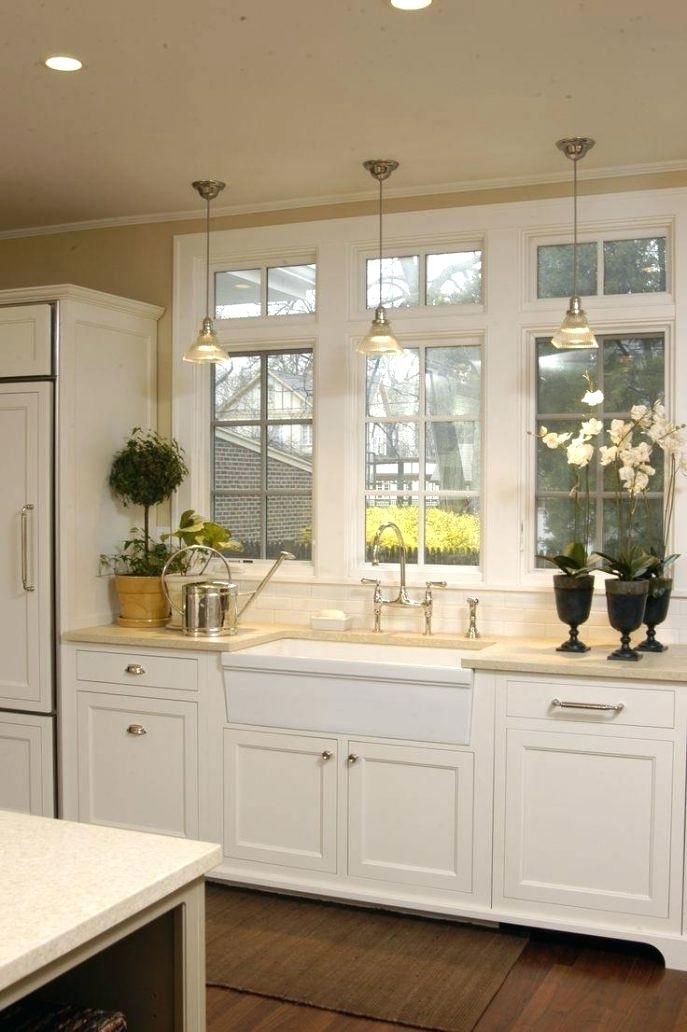
Best Home Renovation Apps
-
01 of 13
Alisberg Parker
This spectacular home addition by Alisberg Parker Architects features floor-to-ceiling windows. The new glass box-like room is anchored to the much older house using matching stone veneer on the outside of the addition (see the introduction image above with flagstone steps). The new space is equipped with a folding glass wall system that opens for a full 10-foot by 20-foot aperture to the exterior. A floating polished stainless-steel fireplace marks the visual center of the room, but its design is minimized so the view and streaming natural light remain the focal point in the space.
-
02 of 13
James JudgePhoenix-based designer and real estate broker James Judge added walls to the home's original covered patio to create a third bedroom in this house constructed in 1956.
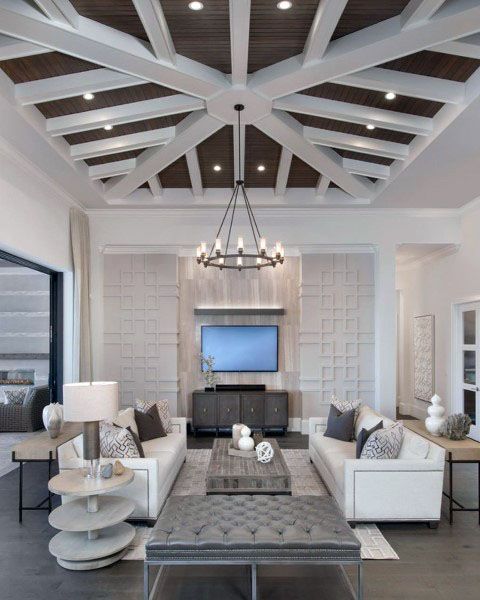 Luckily, the existing roof was able to be used in the renovation so the house could retain its unique midcentury modern structure. The finished space gives house guests easy access to the outdoor area. The large sliding glass doors also fill the room with natural light during the day.
Luckily, the existing roof was able to be used in the renovation so the house could retain its unique midcentury modern structure. The finished space gives house guests easy access to the outdoor area. The large sliding glass doors also fill the room with natural light during the day. -
03 of 13
The English Contractor & Remodeling ServicesThe talented building experts at The English Contractor & Remodeling Services added more than 1,000 square feet to this home, which included a second story. The extra square footage made room for a bigger kitchen, a more spacious mudroom, and as shown here, a sizable family room with attractive built-in storage. Lots of traditional six-over-six windows make the space cozy and inviting.
-
04 of 13
The English Contractor & Remodeling ServicesThe newly added second story made room for a luxurious primary bathroom with gorgeous marble features and a stellar free-standing tub. The wood-like floors are actually durable and water-resistant porcelain.
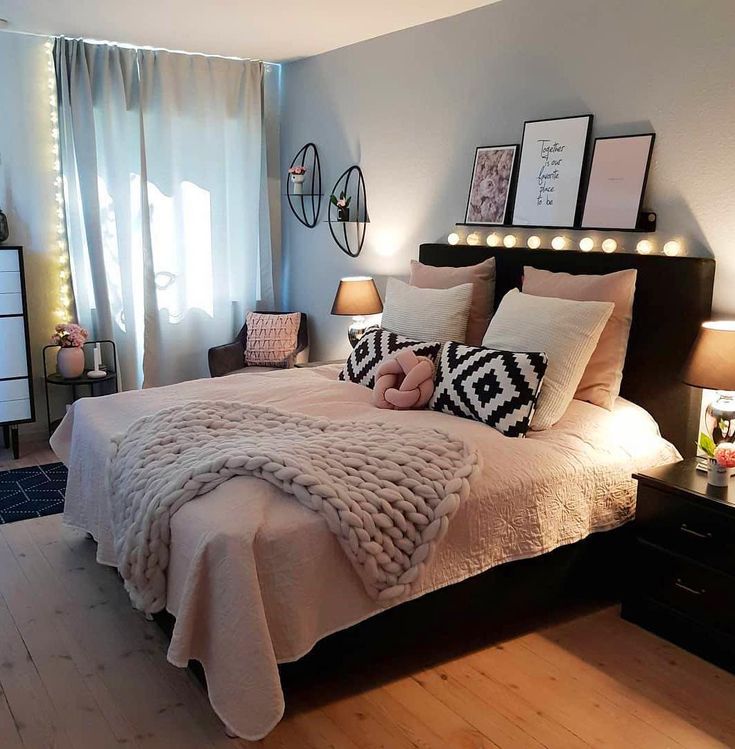 This project by The English Contractor & Remodeling Services made significant changes to the interior and exterior of the home.
This project by The English Contractor & Remodeling Services made significant changes to the interior and exterior of the home. -
05 of 13
Blue Stem ConstructionA micro-addition, also called a bump-out, which typically adds around 100 square feet, is a small update that can have a tremendous impact on a home's footprint. Bluestem Construction made room for an eat-in counter in this kitchen with a little 12-foot-wide by 3-foot-deep bump-out. The smart renovation also allowed for the addition of a more spacious U-shaped cabinetry setup.
-
06 of 13
Blue Stem ConstructionNot having a mudroom can be an inconvenience to many homeowners living in a wet, muddy, and snowy four-season region. Bluestem Construction solved the problem for one client without the need to add a new foundation. The builders simply enclosed the existing rear porch, which meant zero changes to the home's original footprint. As an unexpected bonus, the new mudroom's window and glass back door brighten up the adjacent kitchen with natural light.

-
07 of 13
Elite Construction
Protecting your home's architectural integrity both inside and out is something to consider before splurging on an addition. When Elite Construction installed this new enclosed back porch, they kept the home's original lines and exterior style top of mind. The result is a fully functioning living space that does not appear jarring or out of place from the outside.
-
08 of 13
Dierendonckblancke Architects
This dramatic addition to a home in Belgium by Dierendonckblancke Architects creates just enough square footage for a teeny apartment that also has easy roof access. The back of the red structure conceals a spiral staircase to the apartment building's top floor. The addition's design gives the rooftop a highly functional indoor and outdoor space.
-
09 of 13
Gina Rachelle DesignGina Gutierrez, the lead designer and founder of Gina Rachelle Design, gutted an entire house to add 2,455 square feet.
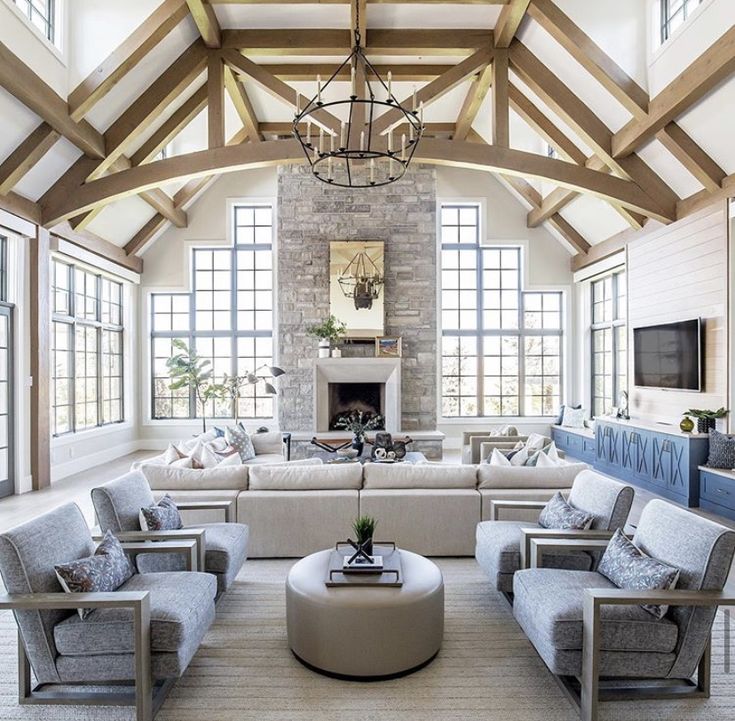 She impressively preserved the charm of the bungalow built in the 1950s. The living room still has its period fireplace while other spots in the abode like the kitchen are outfitted with jaw-dropping modern features.
She impressively preserved the charm of the bungalow built in the 1950s. The living room still has its period fireplace while other spots in the abode like the kitchen are outfitted with jaw-dropping modern features. -
10 of 13
New England Design + ConstructionAdding a small deck to an addition can deliver functionality to adjacent interior and exterior spaces. A deck was added to the design of this second-story primary bedroom suite addition by New England Design + Construction. The deck fills otherwise wasted space and offers the homeowner another destination right outside the bedroom. The best part? When it is time to sell, this homeowner can recoup about 72 percent of the deck's cost, according to Remodeling's 2020 Cost Vs. Value Report.
About This Term: Primary Bedroom
Many real estate associations, including the National Association of Home Builders, have classified the term "Master Bedroom" as discriminatory. "Primary Bedroom" is the name now widely used among the real estate community and better reflects the purpose of the room.
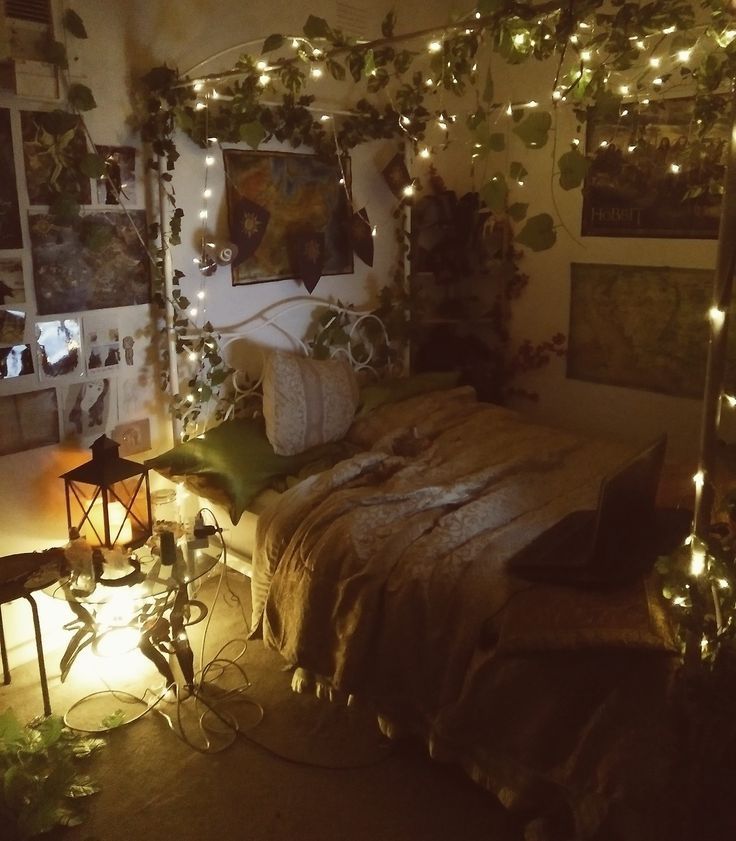
Read more about our Diversity and Inclusion Pledge to make The Spruce a site where all feel welcome. -
11 of 13
New England Design + ConstructionThis rustic primary bedroom by New England Design + Construction has high vaulted ceilings covered in wood panels and a sizable glass door that offers multiple functions. The natural materials masterfully connect the room to the outdoors while the oversized door joins to the deck, allowing sunlight to fill the room every morning.
-
12 of 13
New England Design + ConstructionHaving a place to kick back with your family at home is guaranteed to create beautiful memories. This small den addition by New England Design + Construction makes the most of natural light with traditional six-over-six windows. The renovation includes a basement for extra storage.
-
13 of 13
Vanguard North
Take a vacation home to the next level with a stunning addition that maximizes a beautiful view.
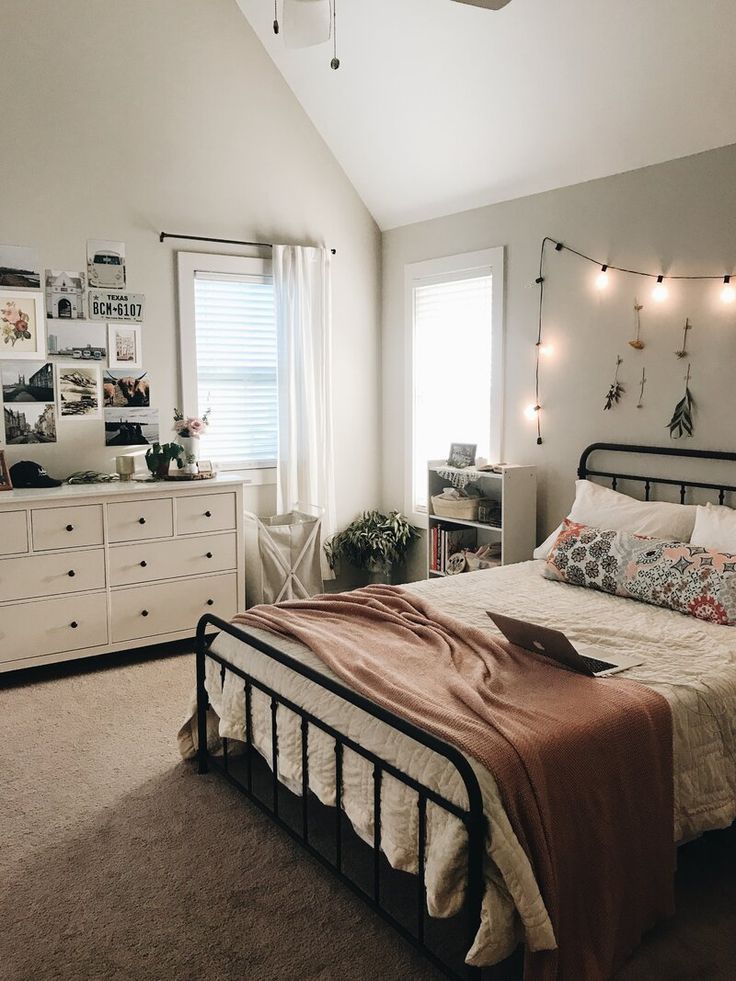 The builders at Vanguard North did just that when updating this lake house. The finished result turned the entire first floor into a large sunroom the whole family could enjoy.
The builders at Vanguard North did just that when updating this lake house. The finished result turned the entire first floor into a large sunroom the whole family could enjoy.
How to Build a Room Addition With Contractors
Interesting things for the interior: 9 best elements and decor items
Forming a common style does not end with the choice of finishes and purchase of furniture. Decor plays an important role - it is interesting things for the interior and small details that give the apartment and house a special atmosphere. Lost in the assortment of shops? Don't know how to combine different types of decor with each other? In the article we will talk about what home decorations are in trend, how to choose them correctly and combine them with each other.
How to decorate the interior? Told in the video
All about decor elements
Which decor to choose
— Pictures and posters
— Candles and candlesticks
— Panel
— Cameroon hats
– Textile
— Figurines
— Clock
— Vases
— Plants
Decor selection rules
How to combine accessories with the interior
Let's move on to the main thing and analyze which decorative elements are especially relevant today.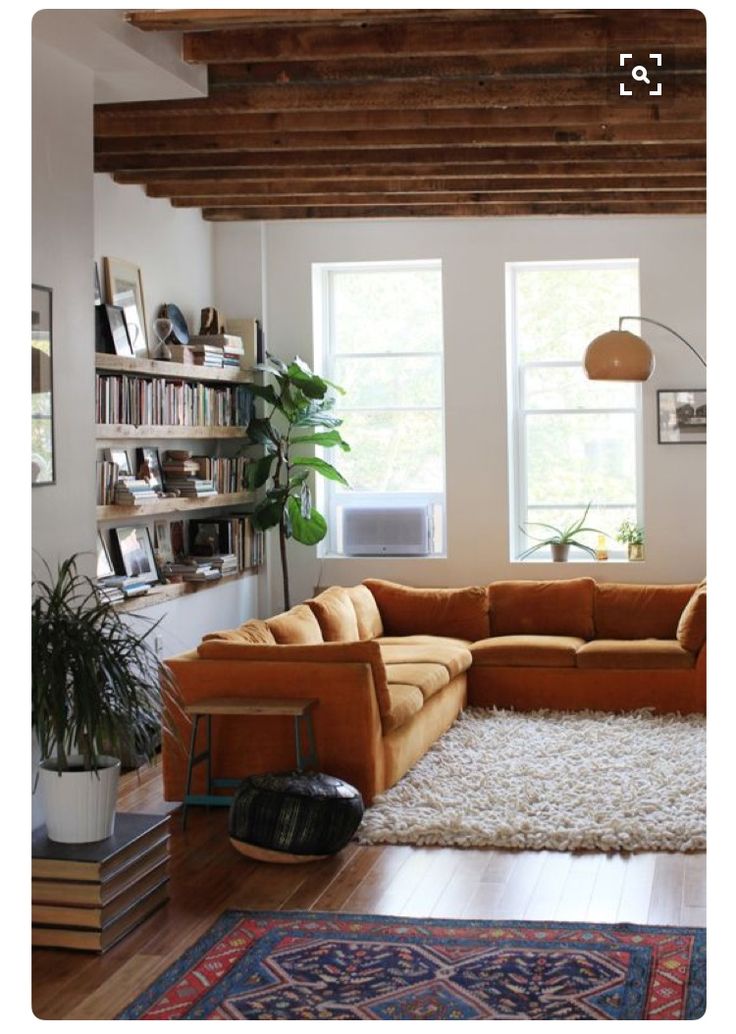
1. Pictures and posters
Instagram @letsby.avenue
These are the first items that come to mind when it comes to decorating a room. And not just like that: wall decorations quickly transform the space, and combining them with each other is not so difficult.
Various themes are relevant today: geometry, cubism, exaggerated images, color abstractions, rethinking of works by famous artists, lettering. With images of animals, flowers and landscapes, you should be more careful, there is a risk of making the interior tasteless.
How to arrange posters and pictures on the wall
- One large picture or poster. Something catchy, not in need of support, is suitable for such a role. Perhaps some kind of plot or, conversely, the work of a contemporary artist in the spirit of minimalism. A single frame will fit into almost any style: from relaxed boho to strict classics - it all depends on the pattern itself.
- Hanging two to four posters on one section of the wall.
 You can add order and arrange them symmetrically using the same frames.
You can add order and arrange them symmetrically using the same frames. - Wall gallery from different elements. This is a bright and trendy way to decorate the walls. Mix different frames and formats (black, white, smooth, decorated, with and without passe-partout). Eclectic galleries look great in scandi, boho, contemporary, loft and even art deco styles.
photo
Instagram @therese.ahlstrom
Instagram @julia_and_hania
Instagram @margarita_maksyuta
Instagram @orchidee_home
Instagram @letsby.avenue
Instagram @prettybookplaces
Instagram @letsby.avenue
Instagram @myhome_mypower
Instagram @leannelimwalkerhome
Instagram @daldals_life
Instagram @greencityhouse
2. Candles and candlesticks
Candles - ordinary or in glasses - can be not just a trifle for mood, but also a full-fledged decorative piece of furniture.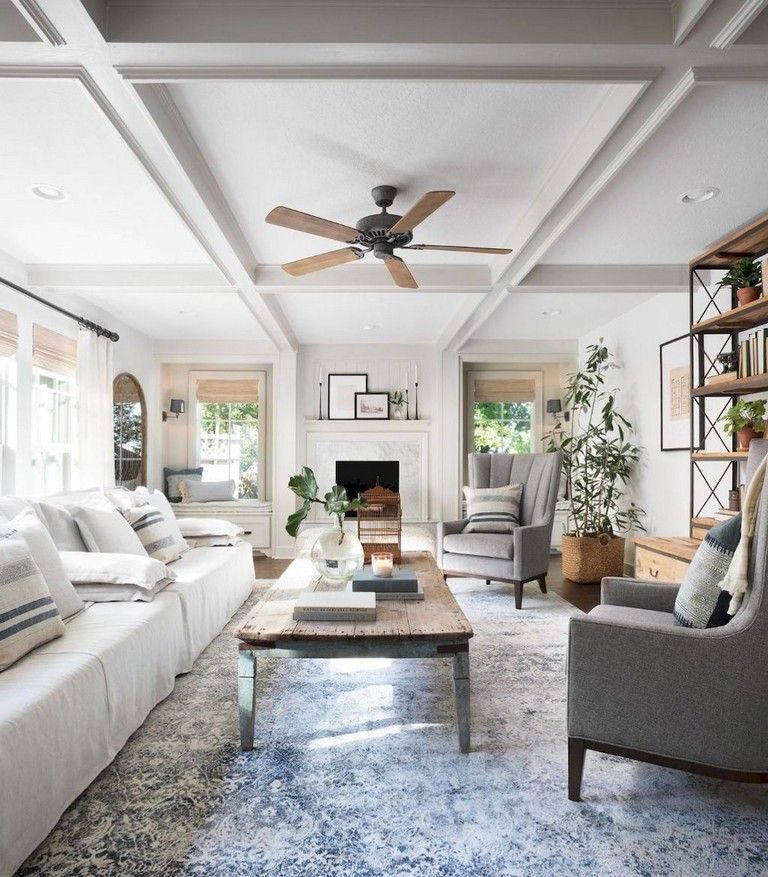
Instagram @mygreyhome
Compositions of large candles of different heights on a wooden or glass tray look especially beautiful. You can put this in the bedroom or living room.
Tall thin candles need candlesticks - by the way, they also perfectly complement the atmosphere and are different. There are analogues of old candelabra, but you can fit them not only in the classical style - eclecticism is in trend. There are concise models for one candle, but it is better to put several of these candlesticks side by side. Current colors: silver, gold, copper, matte white, beige or black.
Pay attention to large themed candlesticks: imitations of lanterns and houses, they look especially cozy in the autumn-winter period and will suit any style: from country to neoclassical. Candles in glasses do not need to be supplemented, but you should choose not too miniature models with stylish labels.
8photo
Instagram @woottonlife
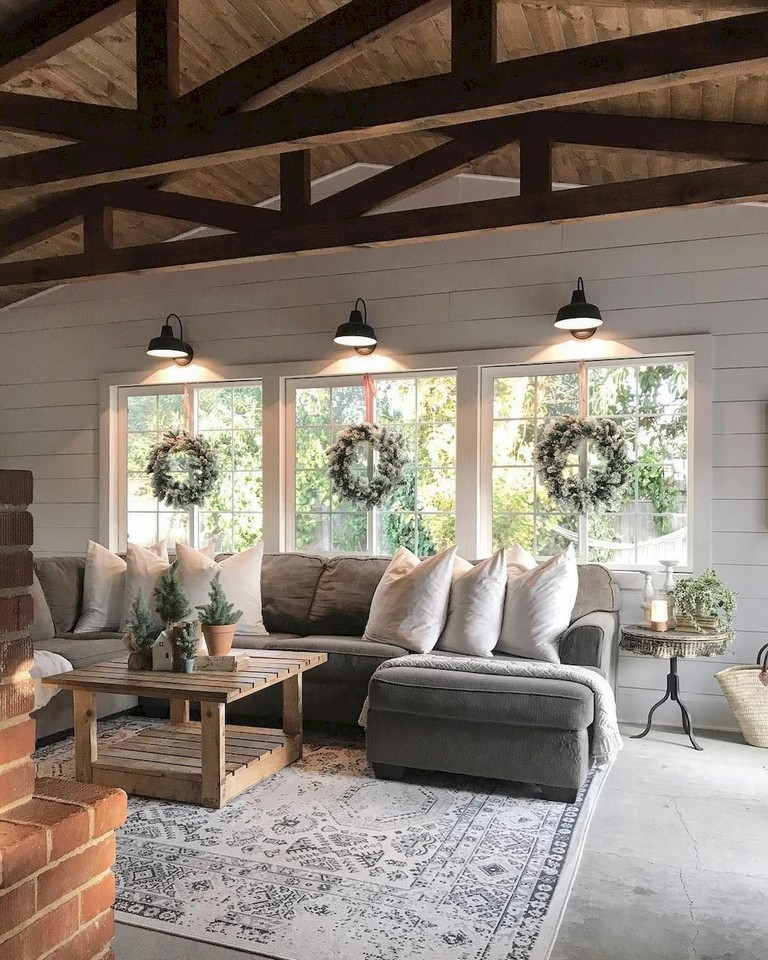 Ethnic motifs, geometric patterns, three-dimensional compositions, panels of multi-colored or monochrome slats will perfectly fit into Scandi, eco- and boho apartments.
Ethnic motifs, geometric patterns, three-dimensional compositions, panels of multi-colored or monochrome slats will perfectly fit into Scandi, eco- and boho apartments. Instagram @zhenya_zhdanova
You can combine different, but similar shades of hats: for example, olive, beige, gray or pink, blue, white. Decorate the wall above the sofa or bed with such fluffy decor elements - their appearance matches the mood of relaxation.
Instagram @home_is
Instagram @jenia_makarova
Instagram @zhenya_zhdanova
5. Textiles
Any textile products can not only add zest to the space, but also tie all the elements of the environment together.
Instagram @myhome_mypower
Textile works in a complex way: curtains, blankets and bedspreads, carpets.
- Curtains. This is the basic textile solution on which the overall impression of the room depends. When choosing fashionable curtains, rely on the style of the room, the prevailing colors, and the missing textures. Do not choose curtains and curtains with intricate designs.
- Plaids and bedspreads. A bedspread on the bed or a blanket casually thrown over the sofa - everything matters. Give preference to quality fabrics, as cheap textiles betray themselves immediately. You should not combine these elements with one-on-one curtains - such techniques are already outdated, regardless of the style of the apartment.
- Decorative pillows. It is easy to show imagination with them, because the main rule is “everything is possible”. Colours, prints, shapes, textures - mix and match different pillowcases and adjust the palette and atmosphere of the room to suit your mood or season.
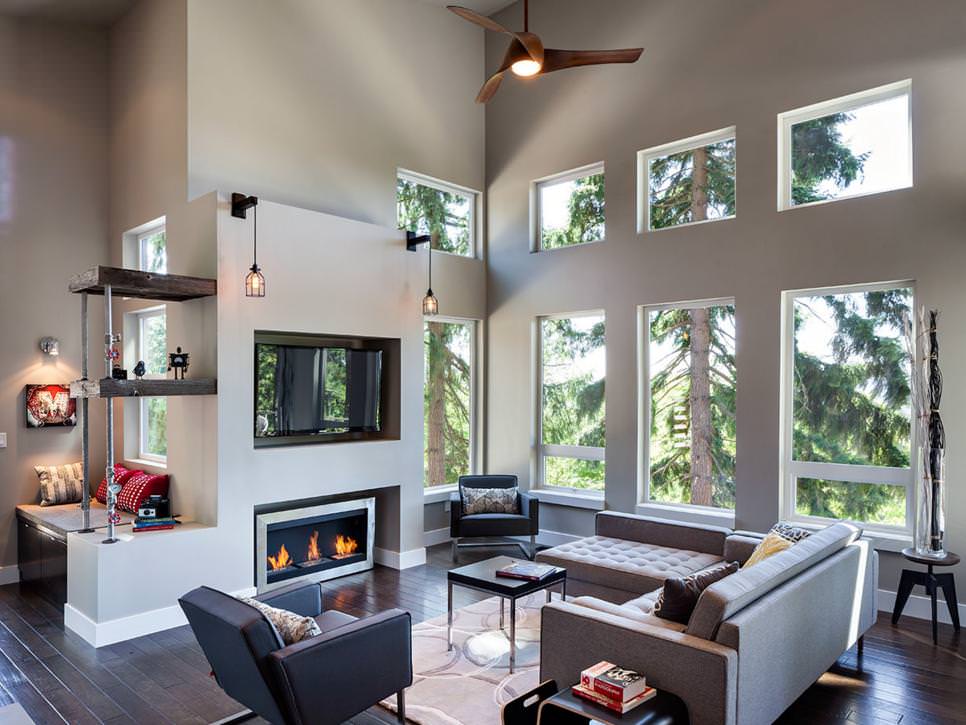
- Carpets work well to soften and "train" the space. Screaming colors and colorful prints are useless here, give preference to neutral models - you can't go wrong. If you want more decorativeness, consider ethnic motifs and geometric prints. The latter often appear in scandi and scandi-chic styles - along with monochrome models.
Instagram @conceptbyjeki
Firstly, no cheap materials - plastic figurines immediately catch the eye and spoil the look of the room. Secondly, give up old-fashioned motifs: ballerinas, angels, various female silhouettes. There is nothing wrong with them, but such figurines have already lost their relevance and uniqueness. It is better to choose unusual or deliberately simple forms, ironic plots, adaptations of the works of sculptors.
If you still have figurines from previous generations, use them, vintage is in fashion! Another trendy option now is figurines-houses in different execution techniques.
6
photoInstagram @johsefine
Instagram @conceptbyjeki
Instagram @lakrica_home
Instagram @elycora
Instagram @z.end.store
Instagram @z.end.store
7. complement any room: from the hallway to the bedroom.
Instagram @incredible_prodigy
In classic interiors, choose models with a pendulum or antique. A sun clock with a lot of mirror rays will fit perfectly into Art Deco. Scandi, minimalism and a number of other styles will easily fit a simple watch with a plain dial - with numbers or marks.
Instagram @mixamitera
Instagram @masha__mamasha
Instagram @moirukinedlaskuki
Instagram @incredible_prodigy
Instagram @incredible_prodigy
8. Vases
If you intend to use the vases for other than their intended purpose, it is more logical to choose models not one by one.
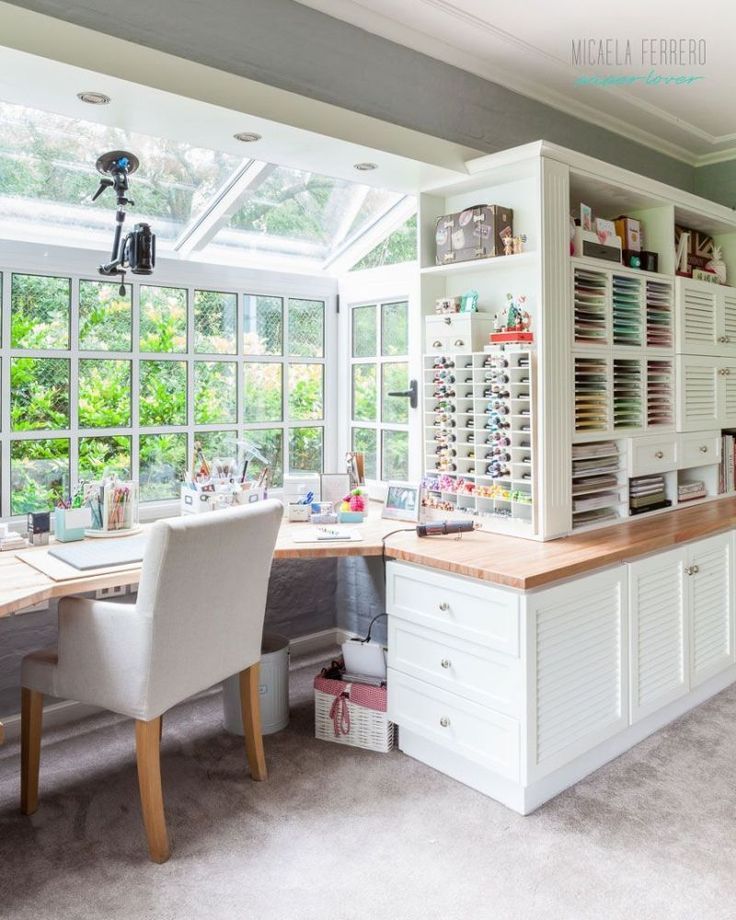 Collect sets, but not from the same vases - it looks boring.
Collect sets, but not from the same vases - it looks boring. Instagram @liza_rabiso
It is better to combine similar colors, but different shapes and textures. If you want colors, on the contrary, let the textures, silhouettes and sizes be similar.
Instagram @alabasterfox
Instagram @romromplant
Instagram @mysecondhandhouse
Instagram @liza_rabizo
Instagram @myhome_mypower
9. Plants
Indoor jungle is a great way to decorate the room and at the same time get closer to nature. Such decor can even improve well-being.
Instagram @surfers.jungalow
If you are afraid of not coping with plants, plant the most unpretentious species: zaimoculcas, ficus, monstera and many others look incredibly stylish and require minimal maintenance. Cacti and succulents are no worse for decorating the interior, keep them in mind. Flowering varieties (orchid, azalea, begonia, pose) can replace a bouquet of fresh cut flowers, but they will have to devote a lot of time.

In addition to the plants themselves, flowerpots also act as decorative elements. There are many unusual models of any size on the shelves of stores, in which even the simplest flowers will decorate your home.
Instagram @caropeony
Instagram @earthlingdeena
Instagram @home_jim_home
Instagram @coffeeinmyjungle
Instagram @surfers.jungalow
We have sorted out the basic decor elements in the interior, and now we will consider the general rules for buying home decorations.
- Consider the style of the space. This is the main rule that will help create a balanced design. For a better understanding of whether an item is suitable or not, look at photos of professional interiors (this develops visibility) or create collages with decor against the background of your apartment.
- Do not rush to buy. Even if you are in the final stages of renovation, do not rush to storm home decor stores. Give yourself time to live in a "naked" interior and understand what should be in what places.
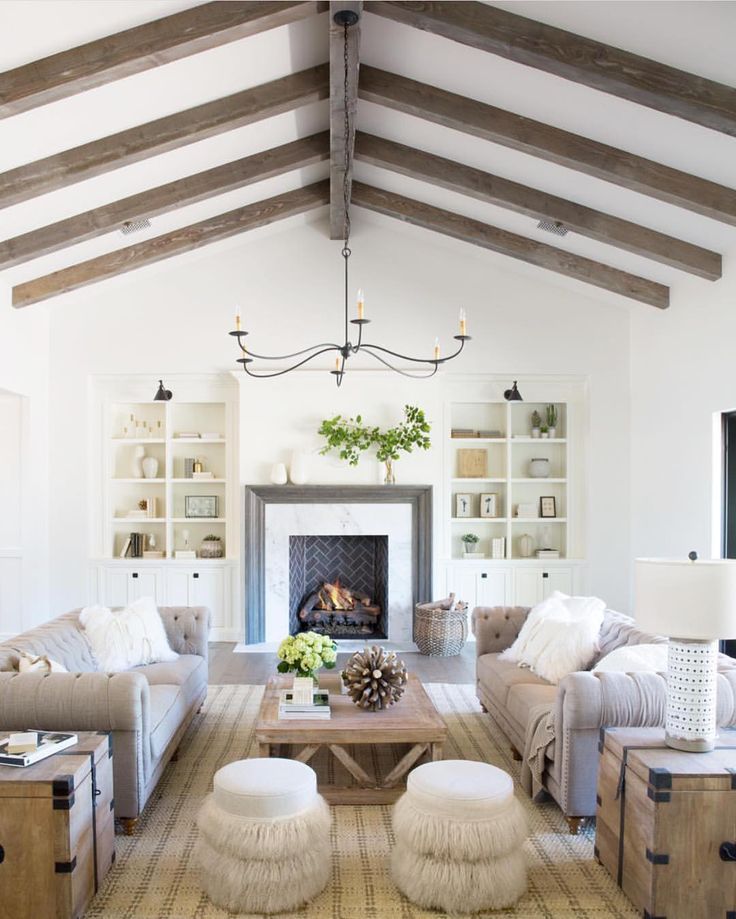
- Choose a "decorative minimum", without which the apartment looks completely empty and in which you are sure. It can include curtains, a few pillows, a couple of posters and a vase. It will be easier to choose embellishments later on because you know what to layer them on.
- Don't buy too much. The abundance of decorations creates a visual mess, and over time will cause a desire to hide some in boxes. We'll have to solve the issue of storing all these little things.
- Don't go after overly popular items from the mass market. It is possible and even necessary to buy home decorations from budget brands, but avoid overly replicated models - the whole instagram is full of them, and your home will not get individuality.
- Build 2-3 small sets of seasonal themed decor. For example, winter-New Year (in white, red, green colors), spring-summer (lighter, lighter, brighter) and autumn (with pleasant textures and deep shades).
Pexels
When it became clear what decor you like, it's time to think about compatibility.
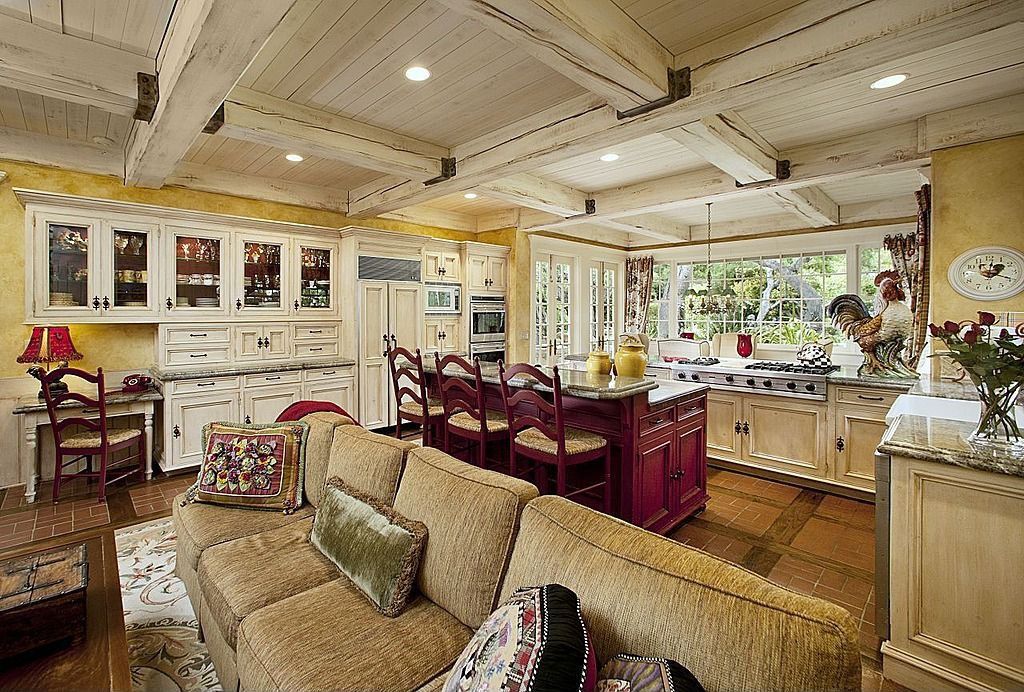 If you matched the style and your purchases in advance, then problems are unlikely to arise.
If you matched the style and your purchases in advance, then problems are unlikely to arise. - Colours. All decor should not be the same color, the main thing is to rely on a palette of finishes and large furniture. Usually two or three shades in decoration are enough, while one or two of them can duplicate the color of furnishings (sofa, wallpaper print, lamp, etc.) - you don’t need to make the entire decor contrast. On the other hand, a room in a neutral palette can be made more inviting by choosing bright decor and playing with unusual colors - this way the colors will appear, but the base will remain calm.
- Dimensions. Relying on this parameter is equally important, since a common mistake is to combine many small details. Even in a small room, this "placer" is lost, but at the same time it creates a feeling of clutter. A combination of things of different sizes looks good. For example, a small figure on a bookshelf, a medium-sized wall clock, a tray with tall candles, and a large floor vase with pampas grass or other dried flowers.
 Lots of variations.
Lots of variations. - Invoices. Within one room, designers recommend using at least 3 textures. This texture will be created not only by decor, but it can also bring the necessary variety. Glossy surfaces, glass inserts, rattan or leather elements, wood, weightless tulle, knitted throws and fluffy pillows - they can enliven the atmosphere, adding texture to it.
Prepared by
Tatyana Chemodanova
How to improve the interior of a room: 12 tips
I'm sorry, but designers don't have a set of secret rules. There are no universal laws that govern what we do. By nature, we are creative people and love to fantasize, try something new, following our intuition.
However, there are a few time-tested tricks that always work. No, these are not "how-to-cheat-space" tricks. And not even the professional skills that we have been taught in design schools for many years. This is something that everyone can do on the first try. Use these techniques as a basis for developing your own creative intuition, which, by the way, is above all rules.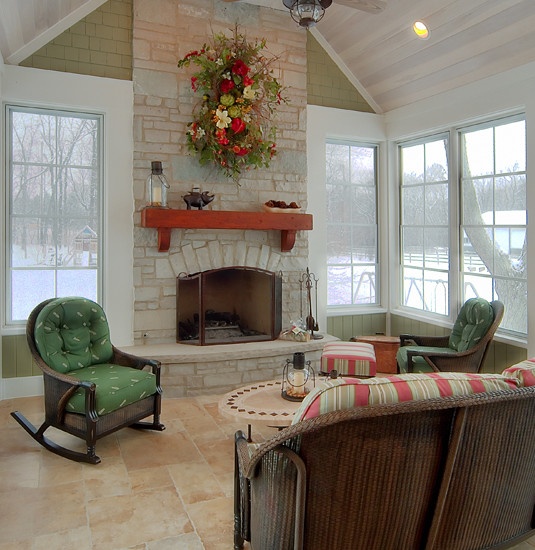
White T Design
1. Choose a paint color last
I get calls all the time from clients who want to choose a paint color before they move into their new home. I understand their logic. Is it bad to move into a house with beautiful freshly painted walls? Of course, you can do it, but in my opinion, this is not the right way.There are thousands of colors in different shades, depths and degrees of saturation. And each of them always looks different, because the light sources in different houses are different. What looked good in an old house may not suit a new one at all. Either way, you want a color that works best with upholstery, carpet, art, and more. Therefore, you can choose the right shade only when all the interior items are in place.
2. Let the furniture “breathe”
Do not overload the room. A properly furnished room always leaves room for maneuver.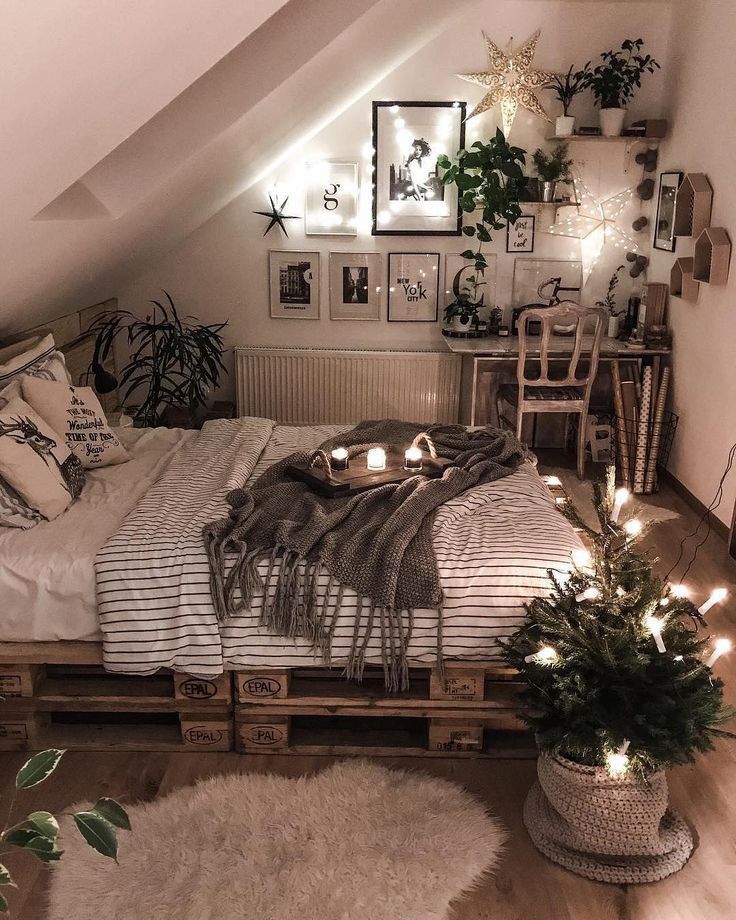 This is great news for those operating on a modest budget. There is no need to fill every square meter with furniture. Buying just a few pieces of good quality furniture will make your room look better than stuffing it full of flea market finds. For example, the high-backed chairs in this photo stand out easily because they don't have to compete for attention.
This is great news for those operating on a modest budget. There is no need to fill every square meter with furniture. Buying just a few pieces of good quality furniture will make your room look better than stuffing it full of flea market finds. For example, the high-backed chairs in this photo stand out easily because they don't have to compete for attention. Nest Architectural Design, Inc.
3. Hang artwork at the correct height
In museums and galleries, paintings are hung so that their center is between 145 and 152 centimeters from the floor. (For most people, the term "eye level" means exactly that height.) You should do the same.In a room with high ceilings like this one, you might think the painting should be hung higher. But do not forget that in the first place you must consider the proportions of the person, not the room.
If you are not sure, take a photo of the wall.
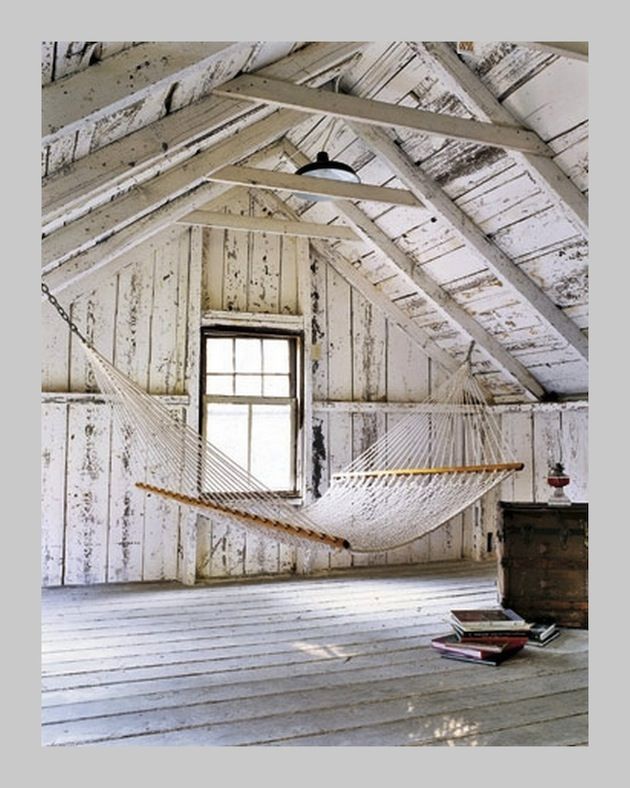 You have no idea how much a photo can show! Print out the photo or use Photoshop or another application to draw a picture on top of the photo. This will give you an idea of how big the painting should be on the wall, where to hang it, and if it's even needed. Sometimes a houseplant looks better from scratch than a work of art.
You have no idea how much a photo can show! Print out the photo or use Photoshop or another application to draw a picture on top of the photo. This will give you an idea of how big the painting should be on the wall, where to hang it, and if it's even needed. Sometimes a houseplant looks better from scratch than a work of art. SEE ALSO...
Beautiful photos of paintings on the wall in the interiorSEE ALSO…
How to match a painting to your interior - design tipsKDW Home/Kitchen Designworks
Everything inside
If the carpet is large enough, you can arrange all the pieces of furniture "inside" the carpet. This method creates the richest look. If that's what you're after, then the bigger the carpet, the better. However, be sure to leave 30 to 45 centimeters of free space on each of the four sides of the carpet.Everything outside
When it comes to a small room, the best way to arrange furniture is
around the carpet.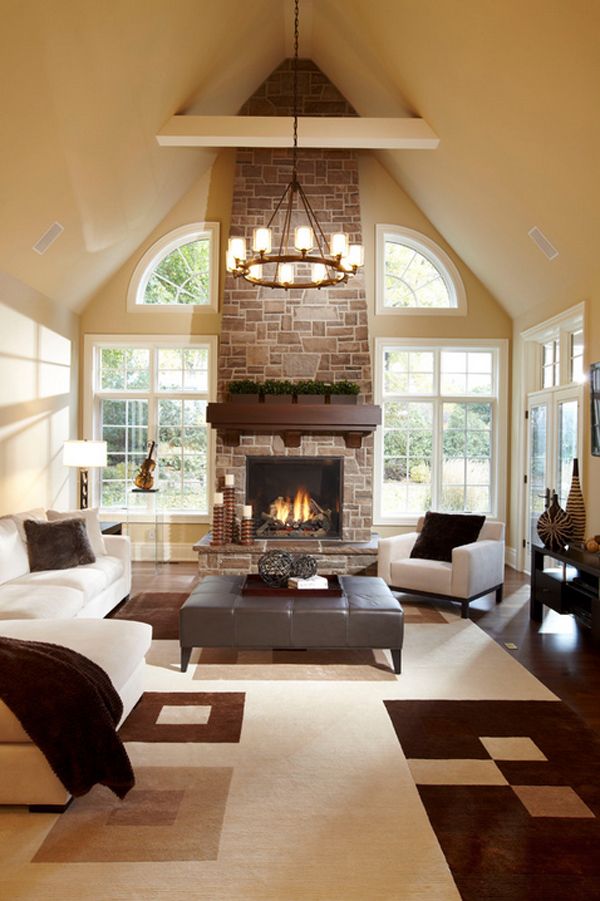 But be careful. Too small a carpet will look ridiculous, as an unnecessary addition to the interior of the room. The carpet should be located a couple of centimeters from the legs of the sofa or chairs. It is best if it is a carpet with a large or embossed pattern.
But be careful. Too small a carpet will look ridiculous, as an unnecessary addition to the interior of the room. The carpet should be located a couple of centimeters from the legs of the sofa or chairs. It is best if it is a carpet with a large or embossed pattern. Elizabeth Reich
Blackband Design
902
9
In America, for example, such a style as Cape Cod is quite popular. Its distinguishing features are paneled panels, a blue and white palette and marine-themed paintings. However, all this has been implemented so many times that the style definitely lacks individuality. There are no hackneyed clichés in this room, and the atmosphere of the sea coast is conveyed with the help of a palette, works of art and textured materials.OLighting
6. Set the highlights
Every company has its leaders and minor staff.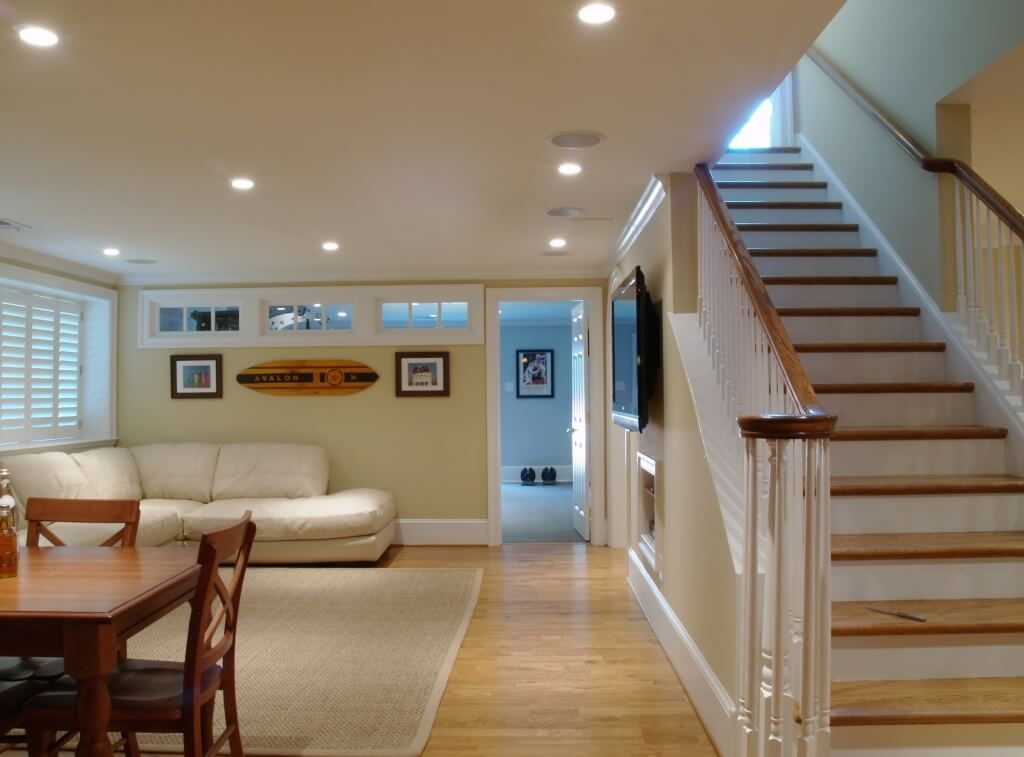 The same is true for the interior. Choose a "star" and build an interior composition around it. Let the rest of the items play a secondary role. Making everything the main item will create visual noise.
The same is true for the interior. Choose a "star" and build an interior composition around it. Let the rest of the items play a secondary role. Making everything the main item will create visual noise. You can focus on the expressive hood in the kitchen, in the living room - on the mantelpiece or art object, in the bedroom - on the head of the bed. In any case: whatever you choose, it should attract attention. In this room, the fireplace and pendant light work together to create a compositional anchor that draws and holds the eye to the center of the room.
Leverone Design Inc.
7. Pay attention to what first catches your eye
Your compositional "anchor" should be free from everything superfluous and extraneous and clearly visible in every room, as if inviting you to enter it. Therefore, the best place for the main accent is directly opposite the entrance to the room.In this case, the armchairs next to the picture invite the visitor to enter the room, because nothing obscures them.
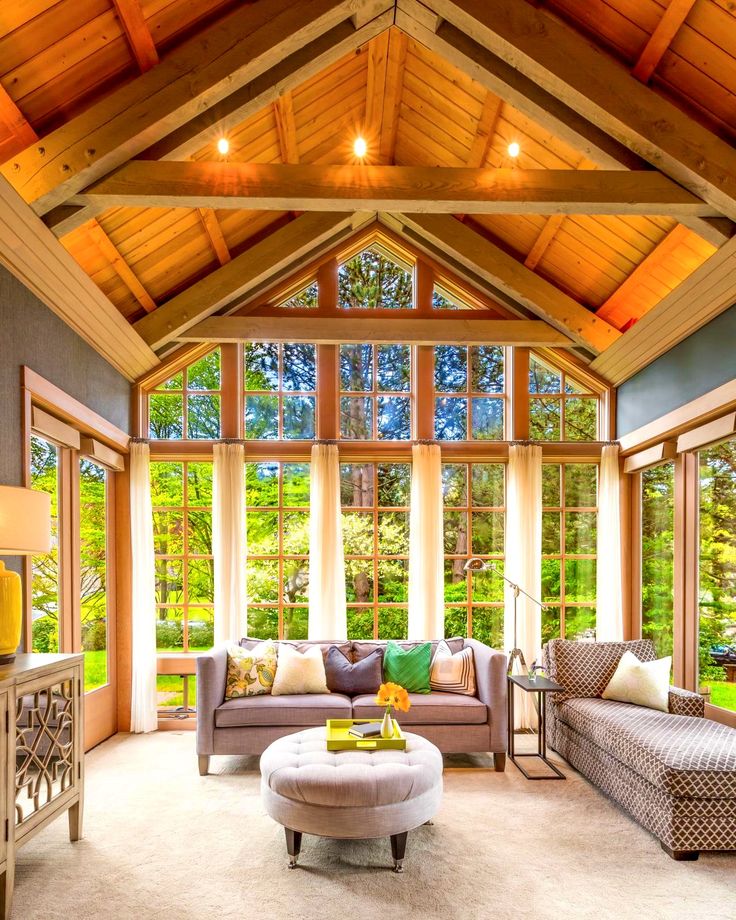
Jamie Laubhan-Oliver
8. Redefine your collection
Don't hang a picture on the wall that doesn't match with the rest of your interior. I don't care that this picture was given to you by your beloved aunt Masha. If she doesn't fit, find another house for her (or at least another room).In this case, black objects are a running theme, and the balance is almost perfect. Remember what Coco Chanel once said about accessories: “Before you leave the house, look in the mirror and remove one of the jewelry.” In design, too, you need to know when to stop.
Sutro Architects
9. Play with size differences
It often happens that an item that looked great in the store turns into a clumsy "elephant" when you bring it home. Or vice versa - some object may turn out to be too small and get lost in the overall composition. In this case, you can always play on the difference in size and proportions.
In this case, you can always play on the difference in size and proportions. Here, the sunburst framed mirror looks great on the wall and draws attention to the group of flat sea urchins just below it. Without a mirror, they would be completely invisible. Take note: a composition of three or five items always looks better than an even number of anything.
Gast Architects
10. Light up
This kitchen has a backsplash, a picture above the fireplace, and glazed cabinets. No chandelier could come close to creating such an impressive effect.Professionals add additional lighting to create multiple scenarios and diversify the interior composition. In a room where everything is evenly lit, nothing stands out. Choose one or two expressive subjects and highlight them. If it is difficult to make an additional level of illumination, you can stop at one chandelier and several table lamps.
STEPHEN FLETCHER ARCHITECTS
11.
 Be bold
Be bold
Individuality makes a room unique. Formulate an idea and start playing around with it this way and that. The more experiments you implement, the sooner you will begin to understand what works and what does not.Create unexpected combinations. In this room, unusual poufs, a library shelving unit and a huge chandelier - that is, not the most common items for a living room - together give a very charismatic effect. If you want a room to be stunning, avoid traditional pieces and combinations.
sarah & bendrix
12. Ignore all principles and rules in favor of creativity
Knowing certain design principles gives people a good basis for interior design, even if not all of them apply to any particular case.Think of something of your own that will make you smile and, above all, be comfortable for you. Rooms decorated according to all the laws of design do not always meet the requirements of residents.
